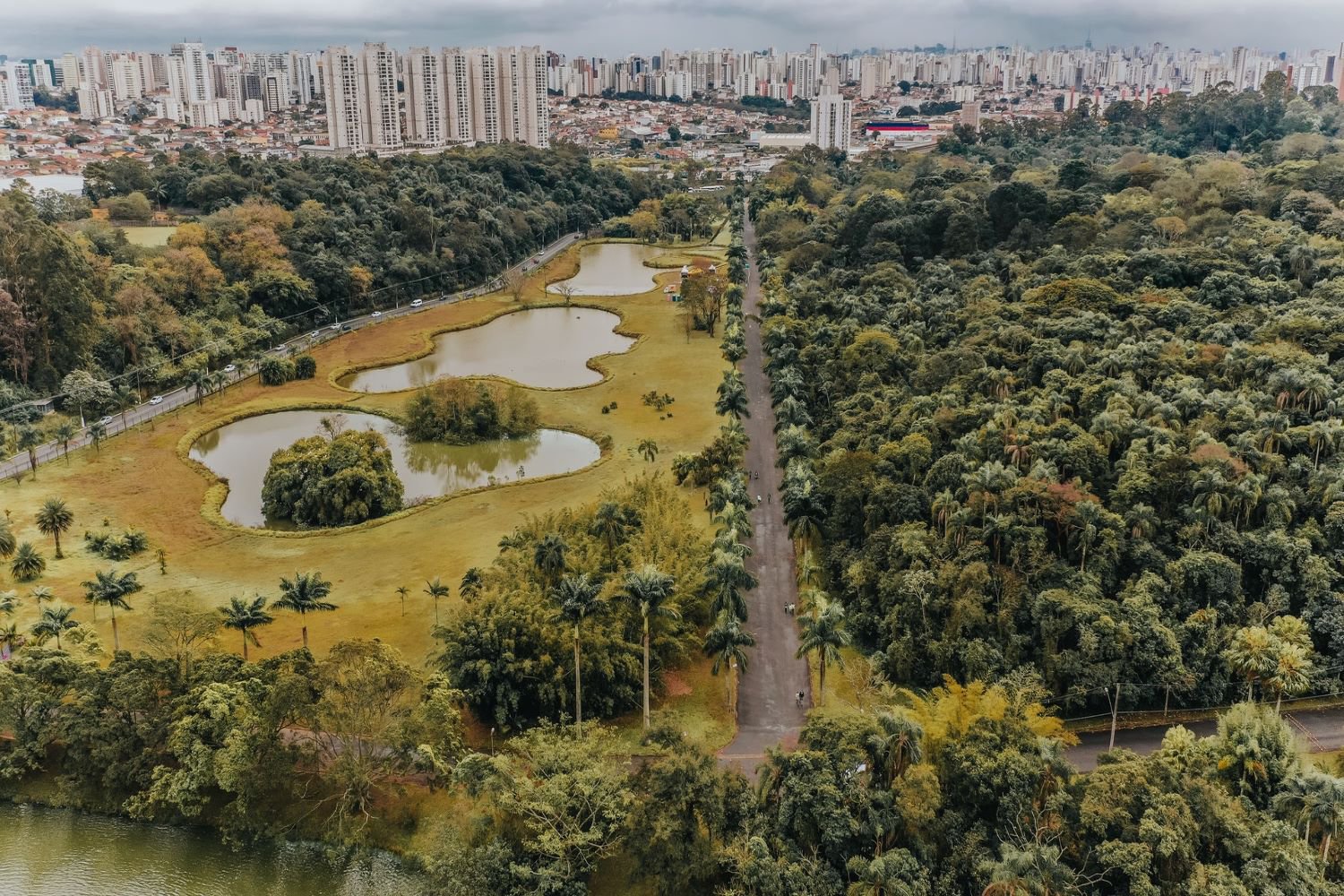What do you call your evening meal? Is it supper or dinner? Do you refer to your midday meal as dinner? Which meal is dinner, lunch, or supper?

Why Was Central Park Built?
New York Central Park history is fascinating. Many have wondered, “Why was Central Park built?” It's a public, world-famous park created early in 1858 to meet the burgeoning recreational needs of a city that was growing fast. According to the history of central park, its initial purpose was to allow urban dwellers a chance to interact with fellow New Yorkers and nature while escaping urban life stresses. It was meant to give them the experience of being in the countryside without ever having to leave the heart of the city.
Central Park houses modern recreational activities, welcomes visitors, and still fulfills its initial purpose more than 150 years later. Central Park New York, is one of the most popular destinations in the city. It is also one of the country's most frequently visited parks. It is so famous and popular that businesses that surround the park proudly boast that they are “steps from Central Park”, like the famed breakfast restaurant Norma’s at the Parker Hotel known as an elegant New York institution.

The Rich Central Park History
Calvert Vaux and Frederick Law Olmsted designed Central Park. It is seen as an iconic piece of landscape architecture and has influenced the development of other parks nationwide. According to Central Park history, it is a Scenic Landscape of the City of New York (1974) and was declared a National Historic Landscape in 1963.
When planning for the park began initially in the 1850s, it wasn't near the city's built-up areas. But, it's now located in the center of New York. It had industrial uses, dotted by small farms, and was sparsely populated. Houses were lightly sprinkled between rocky hills and marshland.
Seneca Village, a predominantly African American property-owners settlement, was the most densely populated area of the site. The settlement accounts for almost 225 of the 1600 residents residing on the land that were displaced through land acquisition or eminent domain.
Through Central Park history, we learn that Vaux and Olmsted designed the park to house different experiences and landscapes. So, how big is Central Park? It was designed to encompass an area spanning a whopping 843 acres with picturesque woodlands, broad lakes, meandering streams, and vast lawns.

One had to travel through the park on a bridle path or a carriage drive to experience all this. Additional features such as soccer fields, skating rinks, formal gardens, a zoo, baseball fields, concert theater, commemorative monuments, and a carousel have been introduced into the park throughout the years.
Environmental Refuge
Central Park also provides significant benefits to the cities environment and ecology in addition to different recreational aspects. The park has more than 18,000 trees that help clean and cool the cities air, and its well-positioned acreage at the city center provides wildlife with a habitat. Two hundred bird species use the park as a stopover on the Atlantic Flyway.
Original Purpose Defended
Throughout Central Park's history, there has been a lot of pressure to use the park to accommodate significant events, new features, and non-recreational uses. All these have threatened its purpose as a retreat from urban life.
During periods of neglect, mismanagement, and economic decline, the park has suffered. But, its original purpose and efforts to preserve the park have been upheld by New Yorkers. A group of citizens in partnership with the city formed the Central Park Conservancy after a period when the park was going through extreme deterioration in the 1960s.

